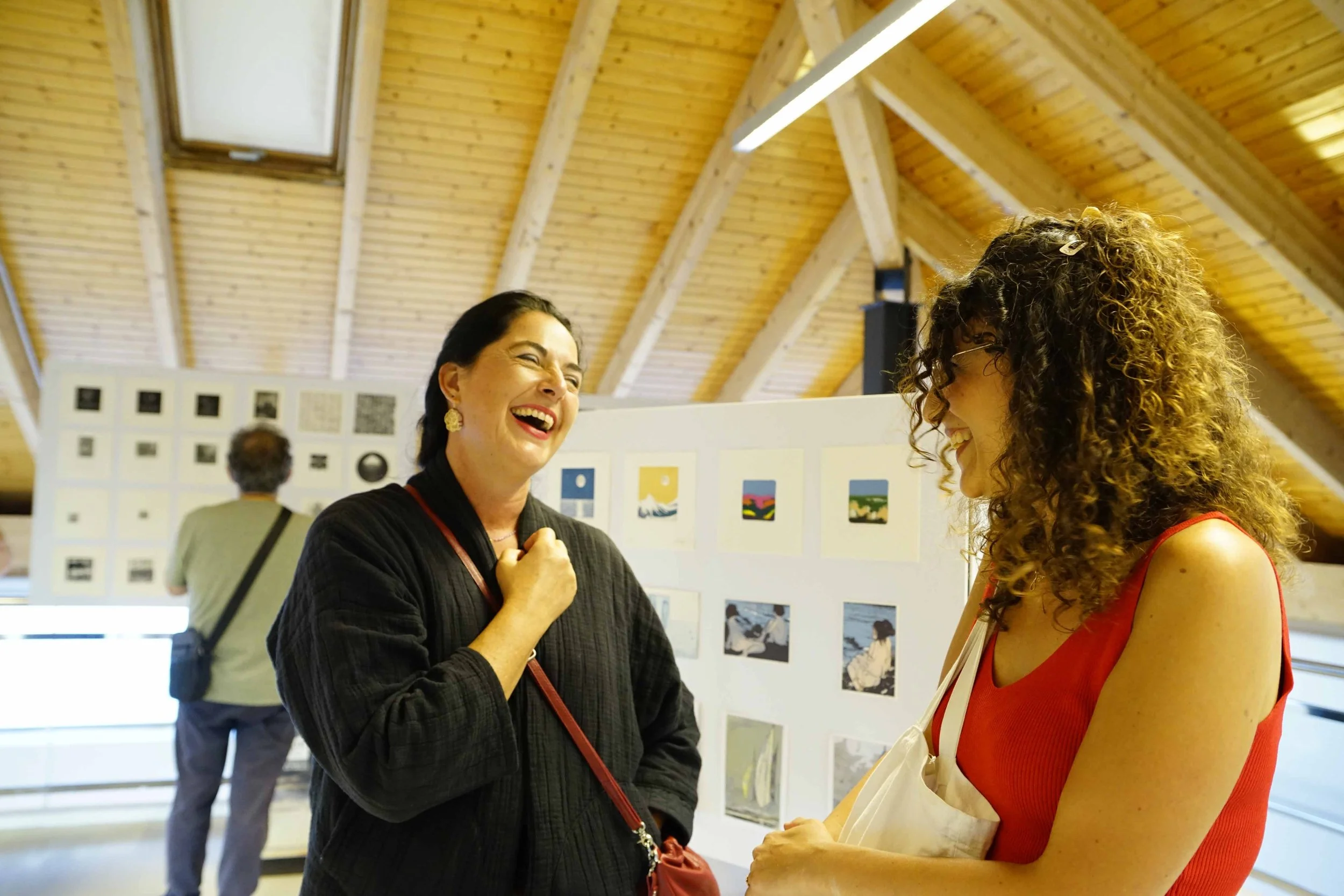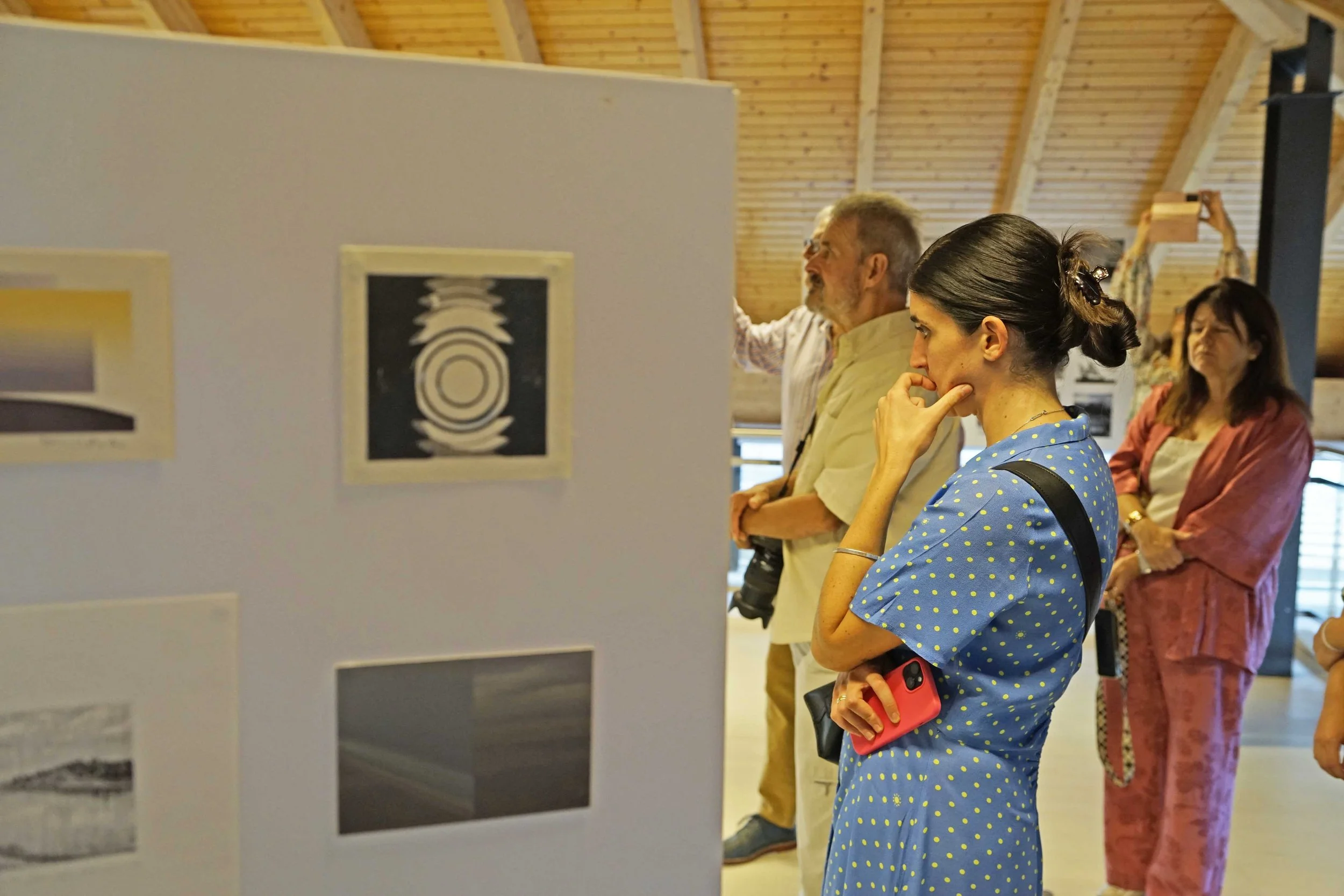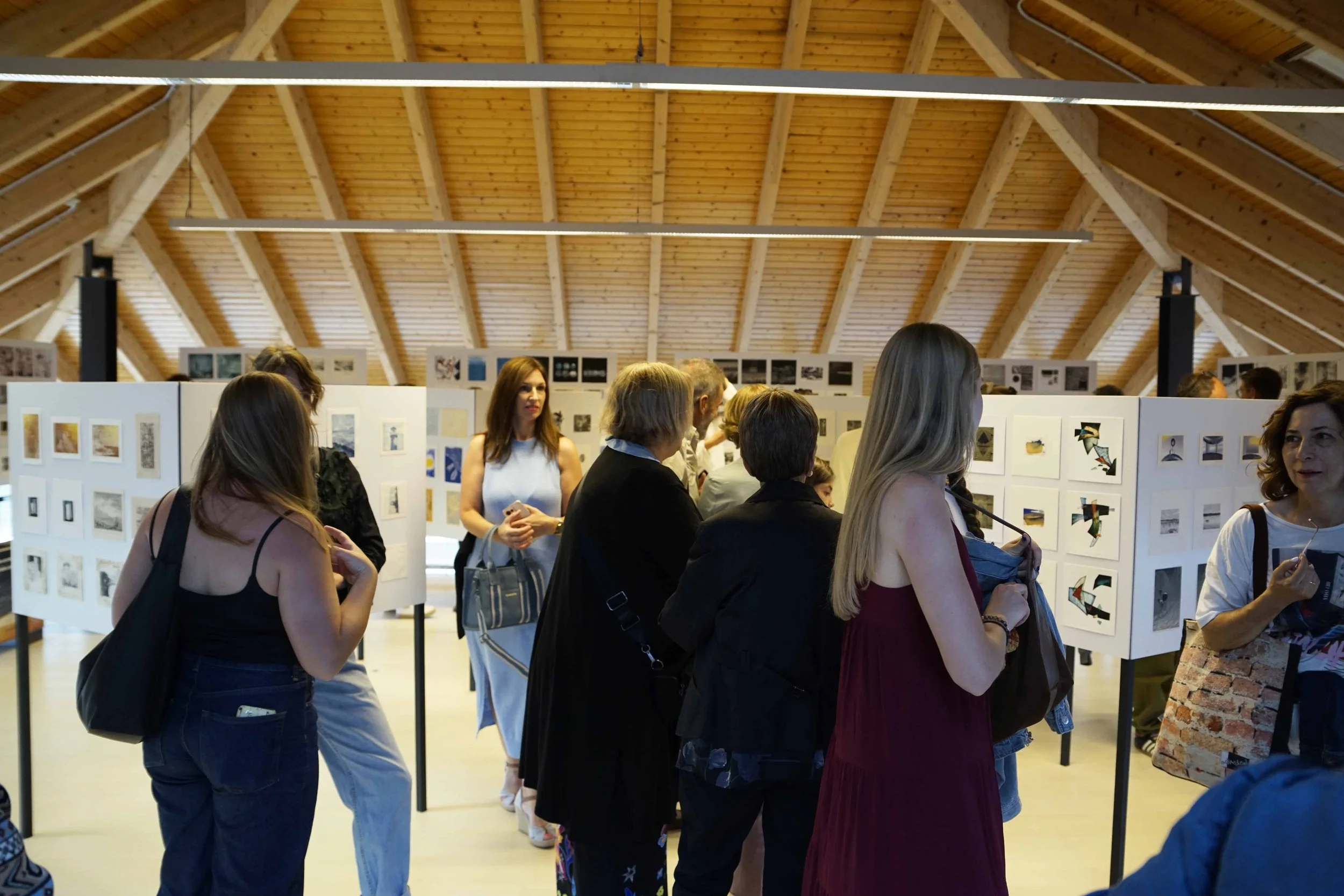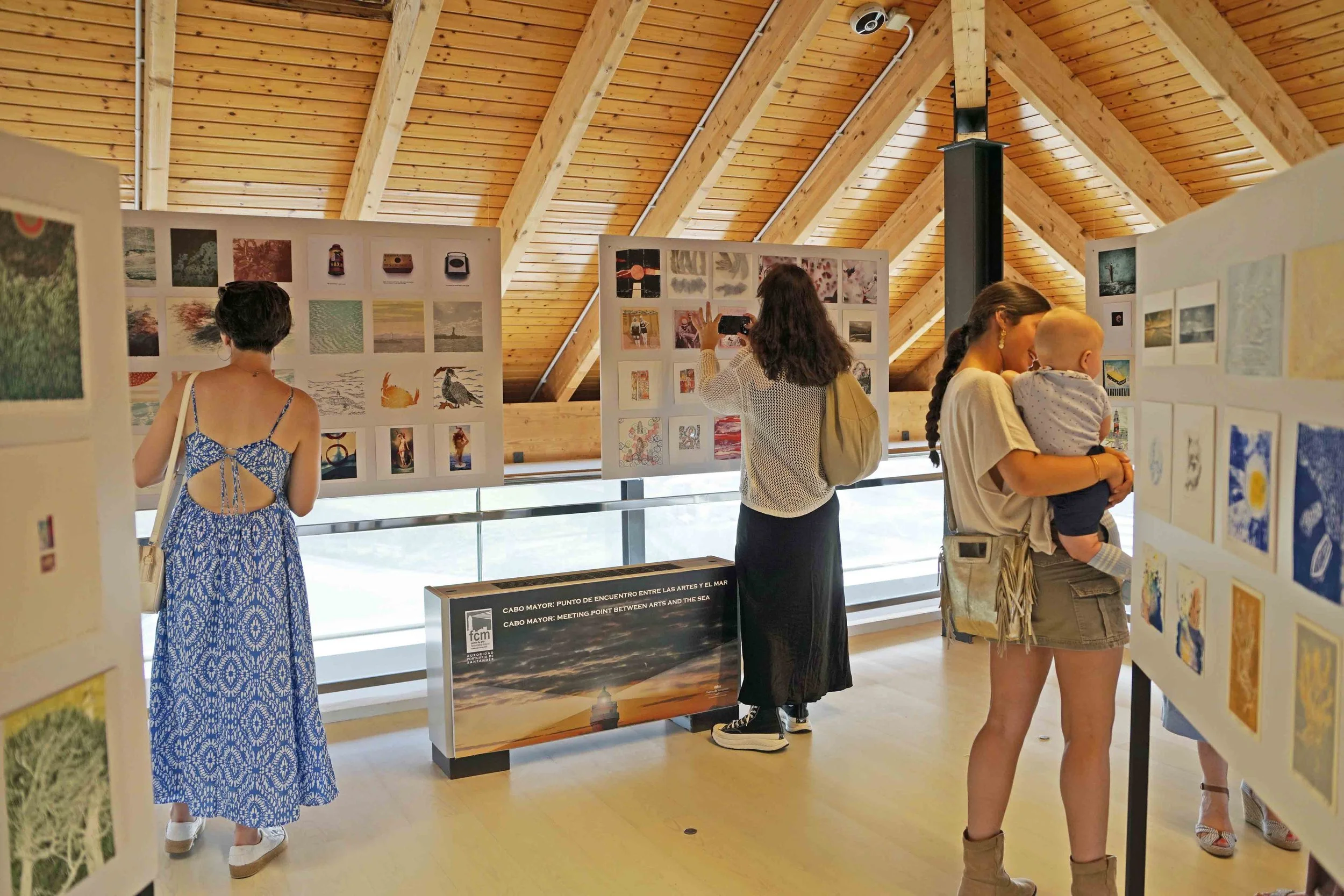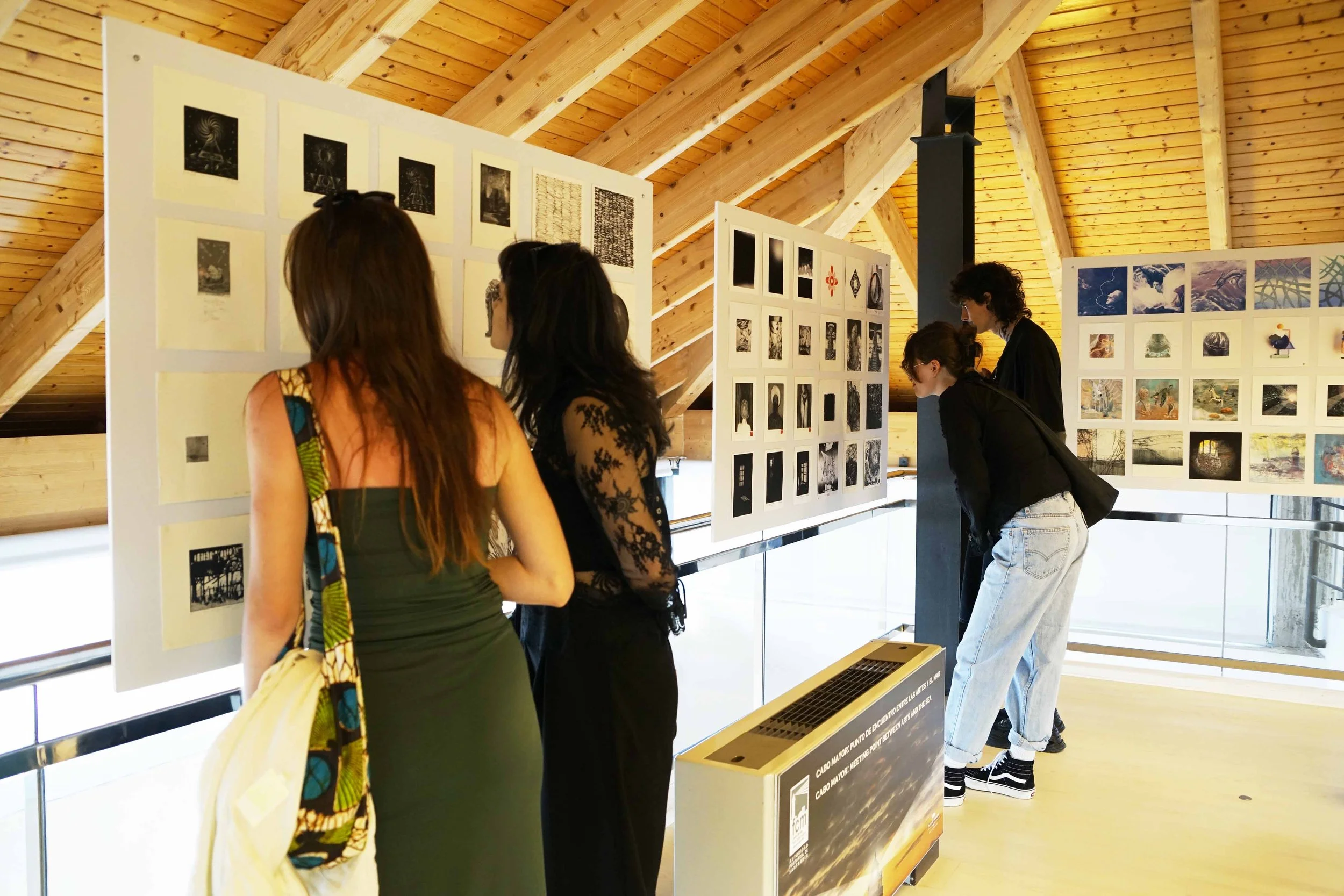On the Power of the Miniature
There’s something disarming about the miniature. It doesn’t shout, it calls you closer. You can’t just glance at it, you have to lean in, adjust your body and meet it on its terms.
Unlike large-scale works that declare their presence, the miniature invites a physical intimacy, a whispered conversation rather than a proclamation. It asks for attention, not spectacle. And in return, it offers intensity, concentration, and a kind of magic that exists only at close range.
This fascination for the miniature began for me years ago while working with animation. I created a mini video installation titled "Who is it that thinks, and why doesn’t the one thinking know it?". A looped sequence of images portraying thoughts and situations that had taken up space in my mind for some time. These fragments didn’t lead anywhere. They offered no resolution, no climax. They just continued, endlessly, in their miniature format. And it made sense. There was clarity in their resistance to closure.
Later came Night of Thought, a series based on 16mm stills and chewed plastic beads. The objects were tiny, the working method even smaller. A long, meticulous process involving many micro-steps, a craftsman’s everyday labour. Slow and repetitive. Almost invisible in the final image. But it was exactly that quiet persistence, that intimate attention to the barely perceptible, that began to shape how I understood the miniature. Not as a style, but as a mode of presence.
Printmaking, too, has deepened this relationship. The physical proximity to the plate, the pressure of the press, the attention to detail, all of it invites a bodily presence. A bowed posture, a slowed pace, a closeness to process. The hand becomes visible in the smallest marks. Every step matters, and every step is slow.
Looking at the exhibition installed in Cantabria now, I think about all of us drawn to the small, not just as a choice of format, but as a way of working, of being.
I think back to my time in school, when my works could never be too large, not as a concept, but as a grounding in the everyday, because they would be too heavy to carry. There was a kind of freedom in that limitation. I had a wish to scale down, to simplify, within a practice that is already complex, so that when the body called, I could lift the work and move. That weightlessness became part of the rhythm.
My father says: the artist is like a snail - carrying its own house.
And perhaps that’s what the miniature does. It makes the work portable, personal, and inward. It travels with you, and through you.
It was around that time in school I encountered Louise Krasniewicz’s essay Veni, Vidi, Mini . A text that put into words what I had begun to feel through practice. Krasniewicz, an American anthropologist and scholar, reflects on the tension within the miniature: the push and pull between control and wonder, between the viewer’s power over the object and the object's ability to transform perception.
There is both stillness and resistance in the scale. You bend toward it, and suddenly, you’re inside a world.
These images from the exhibition at Cantabria were taken by the staff and organizers of the biennale, SM Pro Art, and were generously shared with the participating artists.
Underneath them you can see the earlier works I made that I am referring to in the text.

